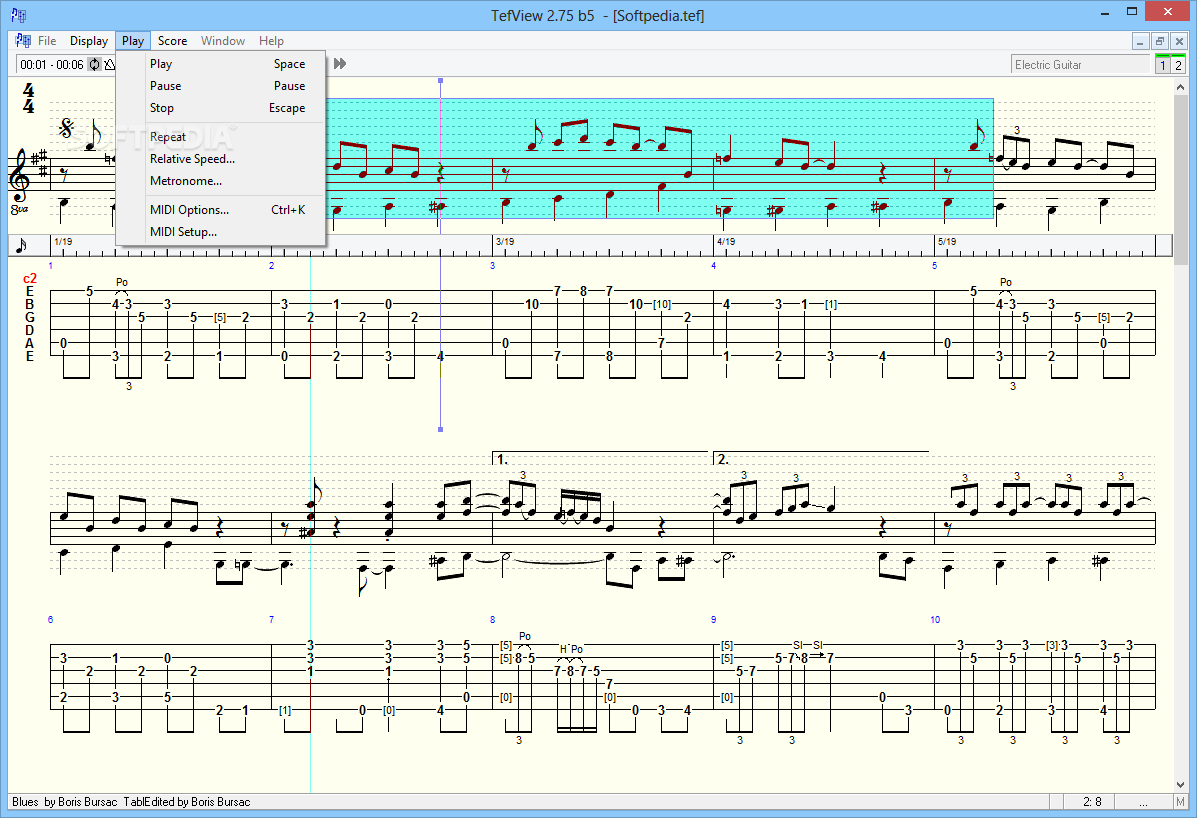

Such poor soil characteristics make water a key limiting factor for crop production especially with fertilizer application in the conditions of northern Ethiopia. The removal of organic matter-rich topsoil continuously by erosion is more severe on overcultivated soils which has resulted in poor soil structure and infiltration and thereby poor soil moisture holding capacity. Previous researchers have reported that losses in soil properties such as soil structure and soil nutrients through erosion and soil nutrients with crop harvest when farmers were unable to compensate for these losses have aggravated the problem of soil moisture and nutrient availability for crop growth and development. Continuous cultivation for many years with no or little addition of organic fertilizer sources has aggravated soils to have poor soil structure and low soil moisture holding capacity.
:max_bytes(150000):strip_icc()/TEFview-3c7dd655b43f4405830c1c53eb53b66c.jpg)
Since a decade ago, tef crops have also been introduced globally to several countries (e.g., USA, Australia, India, Eritrea, and Kenya) because of its gluten-free high nutritional and market values for different purposes. This crop covers 29% of the total cereal production areas and is a staple food for more than 50 million people in Ethiopia. Tef ( Eragrostis tef (Zucc.) Trotter) is Ethiopian domesticated cereal crop which grows widely under diverse environmental conditions, i.e., from the sea level up to 2800 m above the sea level under a range of rainfall, temperature, and soil conditions. For SMC response being effective to fertilizer and its interaction effect with variety, it is suggested that soil management practices that improve moisture such as organic sources should be integrated with the inorganic fertilizer in the conditions of Chromic Cambisols in northern Ethiopia. The paired mean differences in SMC due to the treatments between the two years were strongly correlated ( r > 0.90, ). There were also significant differences in SMC among the treatment interactions determined at the different growth stages and across the years. A higher SMC response to local tef variety than improved variety was found across all the growth stages and cropping seasons. m −3), but SMC decreased with increasing fertilizer rates.The highest SMC was determined at 33 DAS (51 m 3 The fertilizer treatments significantly affected the SMC determined at the different tef growth stages and cropping seasons. Data were analyzed at a probability level of 0.05.

Soil samples were taken at different tef crop growth stages or days after sowing time (DAS) to determine SMC using the gravimetric method. Two treatment factors, namely, fertilizer (four N + P rates) and variety (three tef varieties), were tested. The experimental design was laid down in randomized complete block design with three replications.

A rain-fed fertilizer experiment using tef varieties as the test crop was conducted for two years (2012-2013) in the Chromic Cambisols of northern Ethiopia. The objective of this research was to evaluate soil moisture content (SMC) response to short-term nitrogen (N) and phosphorus (P) fertilizer rates applied on tef crop varieties and their interactions. Little is known about soil nutrient practice effects on soil moisture under cereal cropping systems.


 0 kommentar(er)
0 kommentar(er)
